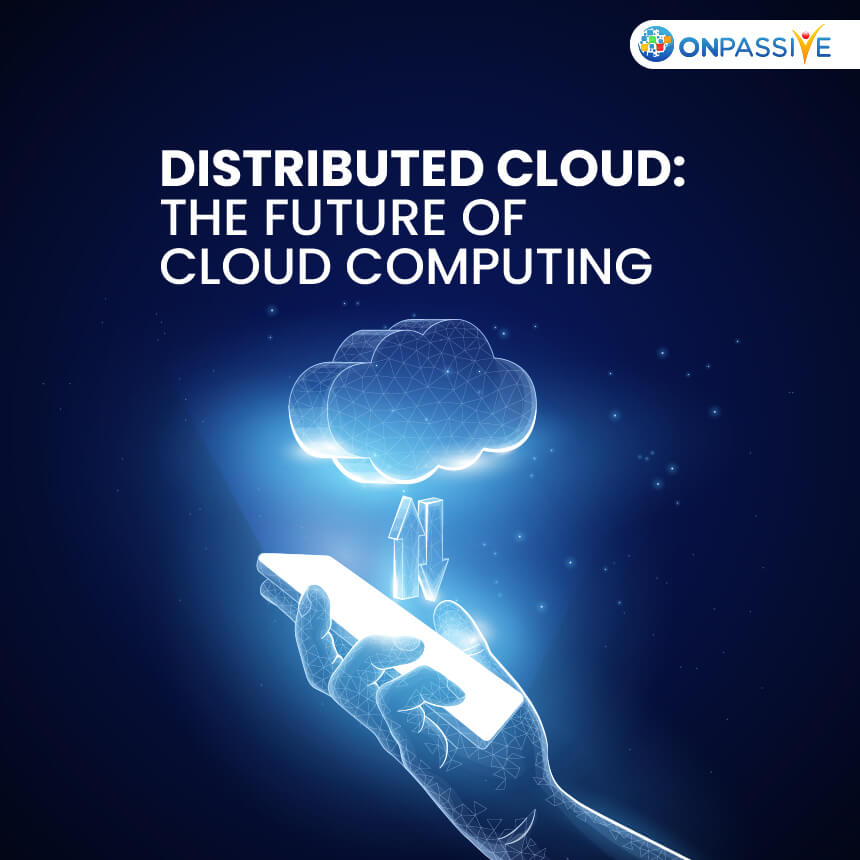The dynamics of how firms function have changed because of the global pandemic. Remote employment is in and will remain popular. We will never again do all of our work in a shared office. Most businesses will instead use a blended approach or a hybrid model that the cloud has greatly facilitated. As a result, cloud adoption has skyrocketed.
The hybrid cloud has long been hailed by IT industry observers as the inevitable conclusion for most enterprises. The hybrid cloud enables businesses to benefit from cloud flexibility and scalability while maintaining control over some workloads in an on-premises IT environment by combining public and private cloud resources.
However, the hybrid cloud system loses some of the benefits of cloud computing. Instead of delegating IT infrastructure management to a cloud provider, organizations must be in charge of its ownership and operation. They no longer benefit from the public cloud’s elasticity and ongoing innovation.
Distributed clouds are becoming more and more popular among businesses. This is an entirely new method of cloud computing.
What Is A Distributed Cloud?
Distributed cloud freshly redefines cloud computing. It states that a distributed cloud is a public cloud architecture that handles data processing and storage in a distributed manner. Said, a business using dispersed cloud computing can store and process its data in various data centers, some of which may be physically situated in other regions.
A content delivery network (CDN), a network architecture that is geographically spread, is an example of a distributed cloud. It is made to send content (most frequently video or music) quickly and efficiently to viewers in various places, significantly lowering download speeds. Distributed clouds, however, offer advantages to more than just content producers and artists. They can be utilized in multiple business contexts, including transportation and sales.
It is possible to use a distributed cloud even in particular geographical regions. For instance, a supplier of file transfer services can format video and store content on CDNs spread out globally using centralized cloud resources.
It can store data locally in select residential districts or even in 5G stations in densely populated areas to enable quick video downloads on mobile devices in advance of growing demand for services in particular locations. These gadgets are utilized more frequently these days.
The Three Layers Of The Distributed Cloud
The distributed cloud is split into three layers. They are made up of the edge cloud, the regional cloud, and the central cloud.
Central Cloud: The core of distributed cloud is managing data and supervising the entire network of clouds. Anyone, anywhere in the world, can access the central cloud. Google serves as a massive storage facility for enormous amounts of data, making it a straightforward illustration of a significant cloud.
Regional Cloud: provides proxy, data caching, and local mobility and is viewed as the centerpiece of the distributed cloud sandwich.
Edge Cloud: processes data and offers services close to users on devices like laptops or mobile phones situated where the users are.
What Distinguishes a Distributed Cloud From a Hybrid Cloud?
Distributed clouds have now entered the scene. Although this trend is not typical, many people mistake it for a hybrid. However, there is a critical distinction between the two: distributed and hybrid clouds can improve commercial potential.
However, hybrid infrastructure primarily focuses on enhancing the computer environment. Edge computing is made possible by distributed clouds, which also increase the environment geographically.
Advantages Of Distributed Cloud Computing
The following advantages for the company can be attributed to distributed cloud computing since it is a highly responsive, secure, and accessible data environment:
The amount of processing power required by the system to handle the user’s request and deliver the required data directly affects how quickly data is transferred. Before reaching the consumers in public clouds, the data has to travel a fair distance. Due to the distributed data center’s increased physical proximity to the user, this issue can be resolved, and data can move more quickly.
This advantage of distributed cloud computing is closely related to the one mentioned earlier. You pay the distributed cloud vendor less the less computer power you need to send and receive requests and responses.
- Transparent Cloud Management From a Single Dashboard
Distributed computing enables cloud data management and request from a single dashboard, as opposed to hybrid cloud, which forces the user to transfer between public and private cloud environments.
Additionally, the business must collaborate with just one distributed cloud computing vendor rather than several. Compared to the multi-cloud option, the latter feature demonstrates the advantages of a distribution strategy.
- Better Disaster Recovery And Data Protection Opportunities
Another benefit of distributed computing is the independence of cloud environments, even though a single provider controls them.
They give the firm that uses them a better way to safeguard its data by distributing and backing up sensitive data across many environments. This presents a chance for quicker disaster recovery since the others continue to function even if one cloud data storage fails.
Distributed Cloud: The Future Of Cloud Computing
One of the most significant trends in cloud computing is the shift to a distributed cloud. However, as predicted by analysts, technology will be actively developed in the future. At least for now, cloud providers are busily erecting and outfitting
substations that they will utilize for edge computing.
According to predictions made by experts, distributed clouds will become proportionally more widespread by 2025 and overtake other information and communication technologies.
Conclusion
Since businesses have long shifted to the cloud, 2021 has seen a rise in the importance of clouds. In particular, firms have started placing enormous orders for services from big providers. As a result, Google’s and other cloud service providers’ profits have multiplied many times. This is only the start. The need for clouds will continue to rise.






































































![‘Stay the Night’ Sees Two Strangers Tackling Tough Times Together [Exclusive] ‘Stay the Night’ Sees Two Strangers Tackling Tough Times Together [Exclusive]](https://static1.colliderimages.com/wordpress/wp-content/uploads/2022/09/stay-the-night.jpg)